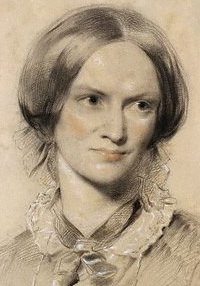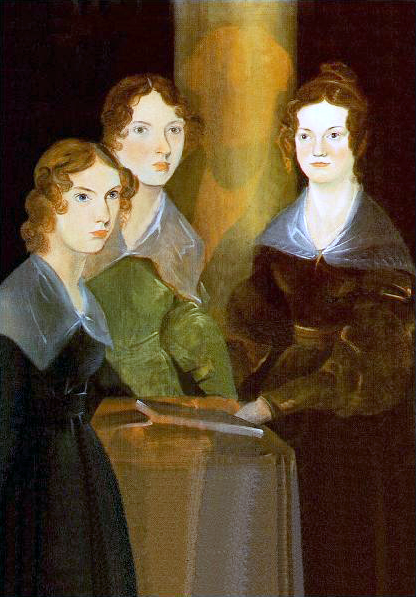 Silverthorn by Raymond E. Feist
Silverthorn by Raymond E. Feist
My rating: 4 of 5 stars
(To view spoilers, please highlight this redacted text.)
With the closing of the rift at the end of Magician, I wondered where Raymond Feist would take me in Silverthorn, the next novel in the Riftwar Saga series. The three brothers (Arutha, Lyam and Martin) spent a year touring the Kingdom and returned to Krondor to plan Arutha and Anita’s wedding. Jimmy the Hand, a young full-of-himself thief and rising star in the Mockers, foiled an assassination attempt upon Prince Arutha. Because Jimmy aided both Anita and Arutha in escaping Krondor during the Riftwar, he chose to warn Arutha before reporting to the Mockers, and for his divided loyalty he was branded a traitor by his Guild. Arutha haggled with the Upright Man, the leader of the Mockers and, unknown to Jimmy, his father. Arutha agrees to make Jimmy his Squire and the Mockers agree to hunt for the Night Hawk assassins. With the Mockers’ assistance, Arutha invades the Night Hawks’ hideout in Krondor, but what should have been a rout, instead turns into a zombie apocalypse melee until Jimmy burns the place down around them.
Thinking the threats to his life abated, Arutha and Anita proceed with their wedding. Jimmy gets a bad feeling and restlessly searches the upper galleries of the hall, stumbling upon a former high-ranking Mocker now turned assassin. Despite being knocked senseless, gagged and restrained, Jimmy manages to divert the assassin’s shot, which misses Arutha but strikes his bride-to-be Anita. Even the great Pug can’t cure Anita, so he places a spell upon her that slows time down to a barely perceptible crawl, allowing Arutha time to find an antidote for the poison. An interrogation session with the assassin reveals the name of the poison (and also the antidote) to be ‘silverthorn’ but no one on hand in Krondor has ever heard of it.
Thus, a quest is begun. Pug returns to Stardock to search Macros’ library and eventually discovers a way to return to Kelewan, where an even more comprehensive library exists founded by the Tsurani Assembly of Great Ones. Predictably, Pug is detained as a result of his last acts at the Imperial Games before closing the rift. Meanwhile, Arutha and a small party, including Jimmy, head to the Kingdom’s own repository of knowledge at Sarth.
Eventually, knowledge of the silverthorn is gleaned and Arutha’s party seeks it through elven territory in the west and the far northern reaches of Midkemia. Pug extricates himself from detention and goes on his own quest for the Watchers, also in the far northern reaches, but on Kelewan. Both storylines include action, adventure, danger, puzzles and more walking dead. Jimmy provides some sidekick humor to lighten the mood.
Arutha returns with the antidote and saves Anita. Jimmy continues his campaign to become Duke of Krondor. Pug finds the Watchers and agrees to be instructed in magic for a year.
Silverthorn delivered an almost typical quest adventure, focusing on Arutha’s obsessive need to save Anita and Jimmy’s transition from thief to trusted companion and squire to Arutha. Even though Pug only popped in for a few chapters, I am positive his quest will result in further adventures in later novels. Tomas appeared only in a couple of brief cameos, but at least he’s settling in nicely among the elves and fatherhood agrees with him. Princess Caroline, twice bereft of lovers in Magician, sets her sights on Laurie and I see another royal wedding in the near future.
Probably not quite a four star rating, but definitely better than three or three and a half. Stop in at Fantasy Book Club Series group to review discussions of Silverthorn (with a Q&A thread monitored by Raymond E. Feist) from April 2011.







 The Mill on the Floss
The Mill on the Floss





















